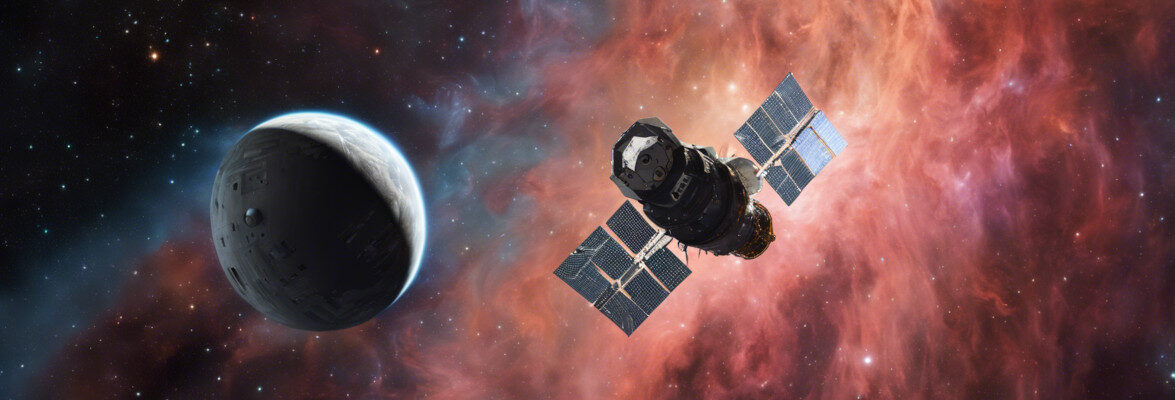
A new image of the Eta Carinae system captured by the Hubble space telescope offers new details of this truly special star system. The Wide Field Camera 3 (WFC3) instrument has in fact made it possible to observe the area in ultraviolet light as well revealing the glow of the magnesium embedded in the hot gas in places where it wasn’t seen before. Every new detail helps to understand the violent processes observed from the Earth for the past two centuries, since the event known as the Great Eruption began.
The Eta Carinae system is about 7,500 light years from Earth and yet at the time of the Great Eruption, between 1820 and 1843, for some time Sirius was the only star brighter than Eta Carinae since it’s practically in the neighborhood from the astronomical point of view. Two massive stars are known in the Eta Carinae system but two articles published in August 2018 in the journal “The Monthly Notices of the Royal Astronomical Society” reported different aspects of a research that explained the Great Eruption concluding that originally there were three stars whose interaction ended up causing the destruction of one of them.
Over the course of two centuries, many observations by Eta Carinae have been carrie out with the use of increasingly sophisticated instruments. The Hubble Space Telescope was also used to try to discover the secrets of the Eta Carinae system and the evolution of that super-eruption. Nathan Smith of the Steward Observatory at the University of Arizona, principal investigator of the Hubble program, explained that he and the other members of the team that captured this new image (NASA, ESA, N. Smith (University of Arizona, Tucson ), and J. Morse (BoldlyGo Institute, New York)) discovered a large amount of hot gas ejected in the Great Eruption which however hasn’t yet collided with other materials surrounding Eta Carinae.
The researchers expected to detect the light emitted by magnesium (visible in blue in the image) present in the gas and in the filaments seen in the light emitted by the glowing nitrogen (visible in red in the image). Instead a completely new magnesium structure was discovered in the space between the double bubble and the external filaments heated by the shock wave generated when the materials ejected in the Great Eruption collided with materials previously ejected from the star.
Nathan Smith also stated that most of the emissions come from an area where the researchers expected to find an empty cavity. This extra material is fast and indicates that the total energy of the super-eruption is even greater than thought. These are all important details to understand how the eruption began, another surprise that came after many years of using the Hubble Space Telescope to study Eta Carinae in visible and infrared light. The ultraviolet results show a different image in an extraordinary way, revealing gases that were invisible to other wavelengths.
The combination of ultraviolet and optical wavelength observations with the Hubble Space Telescope’s WFC3 instrument made it possible to obtain the new image of Eta Carinae. The images of this system are always spectacular but this new combination offers really extraordinary details from the aesthetic point of view and also for the research by astronomers.

